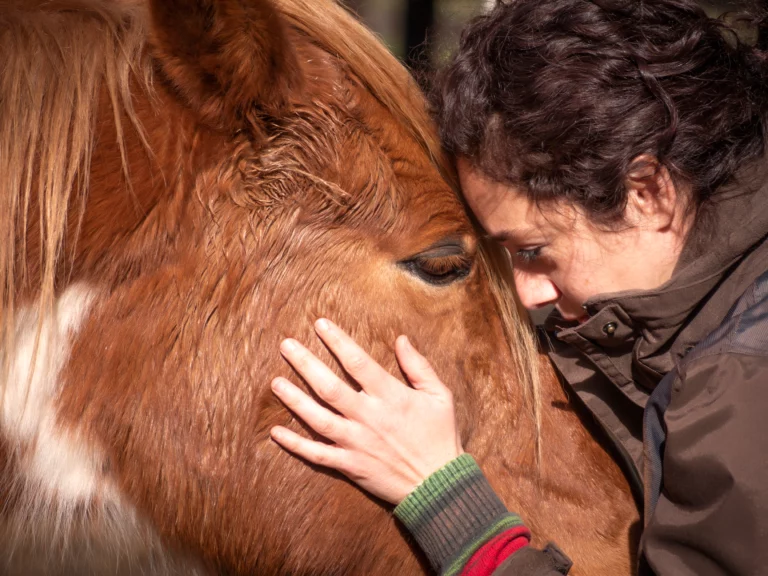Cultivating Healthy Relationships: Codependency Versus Interdependence
When it comes to relationships, the dynamics can vary significantly. Two concepts that often come up are codependency and interdependence. Even though these two terms sound similar, they represent two different approaches to relating to others. Understanding the distinction between codependency versus interdependence is critical for fostering healthy connections and personal growth.

What is Codependency?
Codependency is a term that originally emerged in the context of addiction treatment. It describes a pattern of behavior where one person becomes reliant on another, often to the detriment of both parties involved. In codependent relationships, individuals may prioritize the needs and desires of their partner over their own – leading to a lack of boundaries and a sense of identity loss.
Common Traits of Codependency
Like other relationship traits, codependency has its own set of characteristics and symptoms that may signal its presence in a relationship. The common traits of codependency are:
- Excessive caretaking: Codependent individuals often feel responsible for the well-being of their partner to an unhealthy degree, sacrificing their own needs in the process.
- Low self-esteem: Codependency tends to be rooted in feelings of inadequacy and a fear of abandonment. Individuals may seek validation and approval from their partner to bolster their sense of self-worth.
- Difficulty setting boundaries: Boundaries are crucial for healthy relationships, but codependent individuals may struggle to establish and enforce them. They may fear conflict or rejection if they assert their own needs.
- Enabling behavior: In an effort to maintain the relationship, codependent individuals may enable destructive behaviors in their partner, such as substance abuse or irresponsibility.

What is Interdependence?
Interdependence represents a healthy and balanced approach to relationships. In an interdependent relationship, individuals maintain their autonomy and sense of self while also recognizing the importance of mutual support and cooperation. Rather than relying on a partner for validation or fulfillment, people who exhibit interdependent qualities cultivate a strong sense of self-worth and pursue their own goals and interests.
Common Traits of Interdependence
Another trait found in relationships is interdependence, which also has its own characteristics. The common traits of interdependence are:
- Mutual respect: Interdependent relationships are built on a foundation of mutual respect and appreciation for each other’s autonomy. Individuals recognize and honor each other’s boundaries and individuality.
- Shared responsibility: While each person maintains their independence, interdependent partners willingly share responsibilities and support each other in achieving common goals.
- Effective communication: Open and honest communication is essential in interdependent relationships. Individuals feel comfortable expressing their needs, desires, and concerns without fear of judgment or rejection.
- Emotional support: Interdependence allows individuals to lean on each other for emotional support and encouragement without becoming overly dependent. Each partner contributes to the other’s emotional well-being without sacrificing their own.
How to Navigate Codependency Versus Interdependence
It is important to recognize that codependency and interdependence exist on a spectrum, much like mental health disorders. Most relationships fall somewhere on this spectrum, ranging from unhealthy to healthy – and every gray area in-between. Very few relationships are entirely codependent or entirely interdependent. Instead, they may exhibit elements of both, with varying degrees of balance and reciprocation.
The distinction between codependency and interdependence isn’t always black and white. What may appear as caring and supportive behavior in one context could be indicative of codependency in another. It’s essential to consider the underlying motivations and dynamics at play within the relationship.
Cultivating Interdependence in a Relationship
When the spectrum is off (more codependency than interdependence), it may require getting things back into balance. There are several strategies to consider when trying to increase the level of interdependence in a relationship, including:
- Develop self-awareness: Take the time to reflect on your own needs, desires, and boundaries. Cultivate a strong sense of self-worth and identity independent of your relationships with others.
- Practice assertive communication: Learn to assertively communicate your needs, desires, and boundaries to your partner. Be open to feedback and willing to compromise when necessary.
- Encourage independence: Support your partner in pursuing their own goals and interests, even if they differ from your own. Celebrate their successes and offer encouragement during challenging times.
- Set healthy boundaries: Establish clear boundaries within the relationship and respect those of your partner. Boundaries are essential for maintaining a sense of autonomy and preventing resentment from building over time.
- Seek professional help if needed: If you find yourself struggling to break free from codependent patterns, don’t hesitate to seek the guidance of a therapist or counselor. They can provide valuable insight and support as you work towards healthier relationship dynamics.
Create New Relationship Dynamics at Louisville Recovery Center
Relationships come in many forms – we have relationships with our friends, family, significant others, and even with complete strangers. Whether the change in dynamic comes from addiction, mental health disorders, co-occurring disorders, or other factors, finding ways to balance them out may require a little help.Louisville Recovery Center understands that there are several different factors that can influence a person’s relationships. Our programs are designed to provide individualized treatment that focuses on individual wants and needs. Let us help you develop a sense of self-awareness, practice assertive communication, and set healthy boundaries with our personalized treatment and therapy programs. For more information, reach out today to learn more about how to change the dynamic of your relationships.







